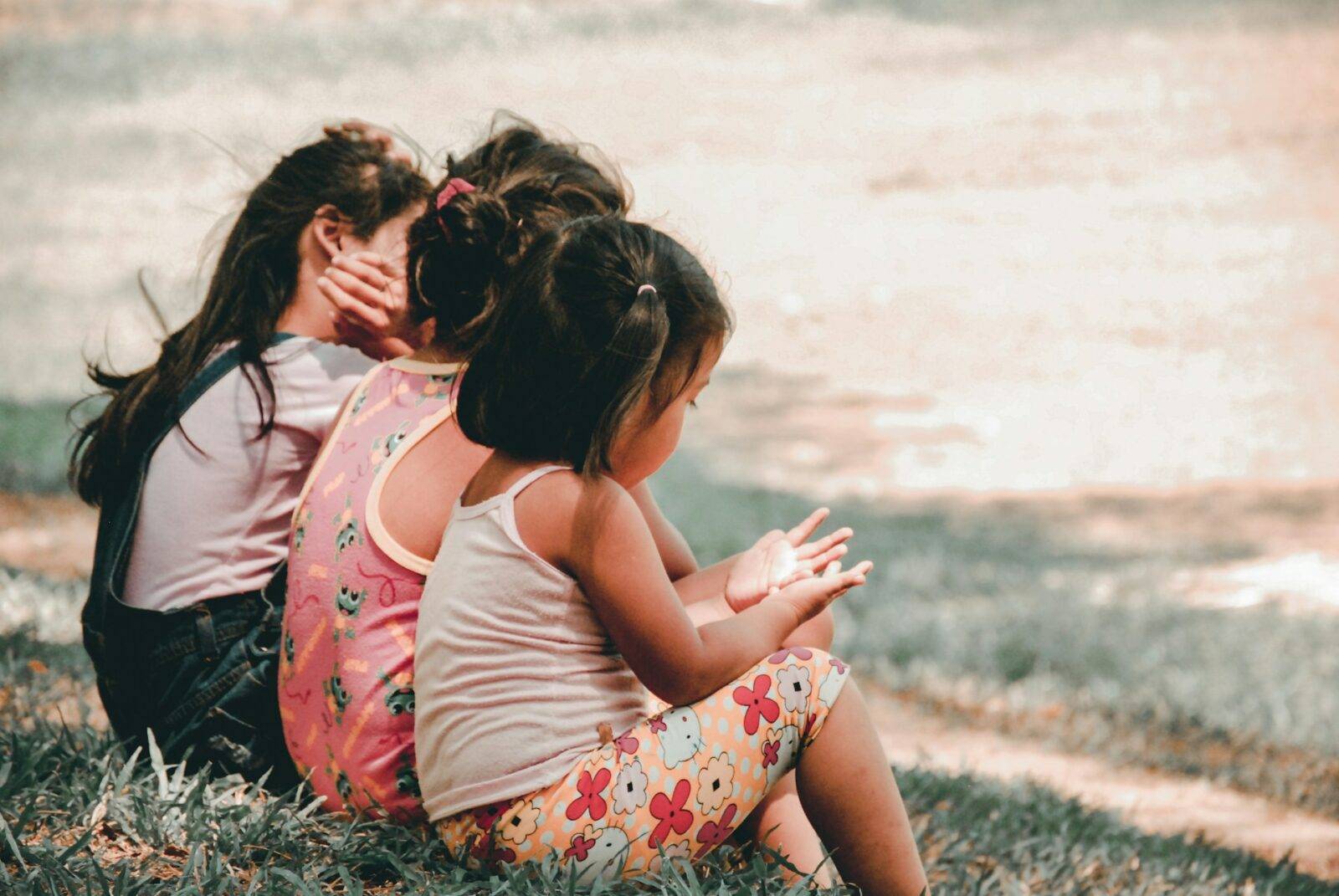The hidden mental health crisis unfolding behind the walls of detention

JP was four years old when she and her mother were seized in a dawn raid.
The family had moved from Africa to the UK – fleeing domestic abuse and the risk of female genital mutilation for JP – and the child had thrived in her new home. She made lots of friends and was a high achiever in school, described as ‘able and academically gifted’.
But early one morning, authorities took JP and her mother to Yarl’s Wood – an immigration detention centre known for detaining women and children. Here, JP saw things no child should ever see – violence against her mother, harsh treatment of protestors and families forcibly separated.
In detention, JP’s academic promise and childhood exuberance gave way to bed-wetting, eating less and ultimately, despair so profound that she attempted to end her own life. Over time, she developed suspected post-traumatic stress disorder, as well as mood disturbances and disassociation. The damage was deep-rooted; long after she was freed from the physical confines of the centre, immigration detention continued to cast a long shadow over JP’s life and her experience as a young person in the world.
Immigration detention in practice

JP’s story is by no means unique. Immigration detention affects people in different countries around the world. The practice, which involves confining individuals as they await decisions on their immigration status or while they wait for removal, has been criticised for its devastating impact on the mental health and wellbeing of people in detention, as well as their loved ones and families.
Even though international laws suggest using detention only as a last and exceptional option and never detaining children for immigration issues, many countries still hold migrants, refugees, and people seeking asylum as a default practice.
People held in detention often live in conditions similar to prison and often with fewer safeguards than in the criminal system. In detention, they have little access to medical care, legal advice or outside contact; and detention affects not just the people inside but also their families and communities, who lose parents, partners, friends and breadwinners.
Countries like the UK, the USA and Australia set no time limit on detention, creating a sense of perpetual limbo for people who are detained. But this issue is not confined to any one country or region; it’s a global problem, affecting people in many different parts of the world.
A global mental health crisis
Studies worldwide provide a grim view. A US study found that a staggering 86% of people detained showed signs of depression and 50% displayed PTSD symptoms, which worsened the longer they were confined.
Research in Australia highlighted enduring mental and social difficulties among people who were formerly detained, finding that people who had been held in immigration detention were more than 7 times more likely to develop PTSD than average.
In the UK, researchers found that around three-quarters of people in immigration detention felt depressed and over half were dealing with anxiety or PTSD. For refugees and migrants held in detention, the chances of having any of these mental health issues were about double compared to those who were not detained.
Research from the World Health Organisation and IDC analysed data from various studies in Europe, demonstrating alarmingly high rates of mental health issues linked with immigration detention. One such study found that 95% of migrants in detention reported unmet needs that impacted their mental health, including a lack of intimate relationships or activities inside detention and limited support for psychological distress or physical health needs.
It’s not just adults who bear the brunt of these policies. Children in their formative years, like JP, are particularly vulnerable to the harms posed by detention.
IDC’s research highlights the negative effects of detention on children – it’s harmful to their mental and emotional health, and hinders their ability to grow and thrive. Detention disrupts family life, forces children to live in harsh conditions and takes away the stability they need to grow. This trauma doesn’t just affect them now; it impacts their ability to develop, learn and adapt to society after they leave detention.
But it doesn’t have to be this way. There are practical alternatives to detention that protect mental health and treat people with dignity. Many countries have started using these alternatives, showing that it’s entirely possible to handle immigration without the use of detention and in a way that’s both compassionate and effective.
The case for alternatives
Alternatives to detention (ATD) is a term that refers to any laws, policies or practices that reduce or eliminate immigration detention and enable people to live within the community.
Instead of being imprisoned, people’s basic needs – like healthcare, food and housing – are met in the community. They may have access to support services, such as legal aid or a dedicated case worker, and they are afforded the right to work and access education while they await the outcome of their case.
Living in the community costs much less than detention, and research shows that there is increased compliance when people’s basic needs are met. They’re also more willing to accept the decision on their case, even if it’s not in their favour. This leads to fewer people appealing or trying to enter the country again, which helps reduce strain on immigration systems.
Studies consistently find that people in community programmes experience better mental health and overall wellbeing. A review of pilot programs in Bulgaria, Cyprus and Poland found that community support and case management positively affected participants’ wellbeing and resilience.
In the face of these findings, the call for alternatives to detention becomes not just a policy suggestion but a moral imperative. The evidence clearly shows we need approaches that focus on mental health and wellbeing, providing support and engagement rather than confinement and isolation.

The next chapter
As the discourse around immigration detention continues to evolve, it is crucial to focus on the human stories at its core. Behind every policy and every statistic are people like JP. From the corridors of Yarl’s Wood to the policy roundtables where decisions are made, the echoes of their stories serve as a poignant reminder of the human cost of detention and the potential for a more compassionate approach.
Adopting ATD isn’t just about policy reform; it’s a statement of our values as a society. It represents a commitment to inalienable rights, justice and the belief in the inherent dignity of human life.
*JP’s story is adapted from a case study featured in the publication, State Sponsored Cruelty, by Jon Burnet et al.